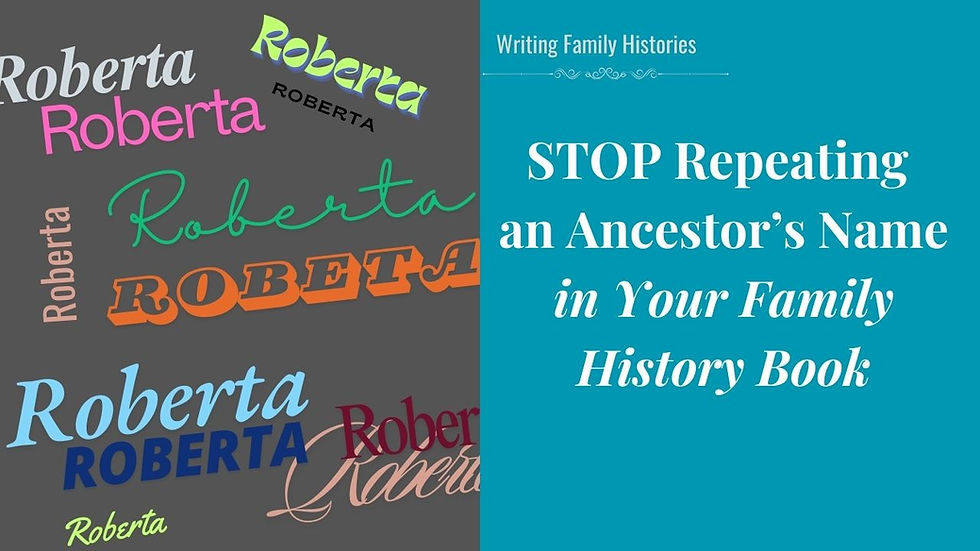A Gentle Approach to Perfecting Your Family Histories
- Devon Noel Lee

- Jul 20, 2023
- 3 min read
Updated: Nov 1, 2024

Writing family history stories is a wonderful way to preserve and share your heritage. However, when editing those stories, it's common to feel overwhelmed or unsure of where to begin.
In a recent conversation with Brenda Hudson from VoicedLife, a specialist in helping families capture their stories, we explored a gentler approach to editing family narratives.
In this article, we'll delve into the technique known as reflection and discuss the importance of content development in refining your writing. Get ready to discover a more encouraging way to perfect your family history stories.
The Technique of Reflection: A Gentle Revision Approach
Brenda introduces the concept of reflection as a more gentle and curious way of revising your family stories. Rather than approaching the editing process with a red pen and a critical eye, reflection encourages you to be inquisitive about your writing.
It allows you to step back from your writing and review it from a reader's perspective, appreciating the magic that comes from a stream-of-consciousness approach. By reflecting on your prose, you can gain valuable insights into your work.
Highlighting and Noting: Uncovering the Gems in Your Writing
As part of the reflection process, Brenda suggests highlighting or underlining words or phrases that jump out at you while skimming your written piece.
These may be elements that resonate with you, evoke emotion, or stand out for unknown reasons. The goal is not to focus on fixing anything at this stage but rather to identify what is exciting or captivating in your writing.
Additionally, she encourages jotting down any questions or thoughts that arise while reading your work in the margins. These observations and questions serve as valuable cues for further exploration and development.
Summarizing and Noticing Themes: Processing Your Writing
After skimming and reflecting on your piece, Brenda recommends summarizing your observations. Write a couple of sentences or bullet points noting any themes you notice, questions that arise, or aspects that surprise you.
This summarization process allows you to gain a deeper understanding of what you have written and helps pave the way for further revision and expansion. It can also unveil hidden connections and inspire new story ideas you may want to explore.
↪️ Do you want to write a family history book?
Grab your copy of this FREE Writing Guide:
Content Development: Expanding Your Story's Impact
Content development plays a crucial role in refining your family history stories. Brenda suggests seeking feedback from trusted individuals, such as writing groups or supportive peers, who can help you identify areas where clarity and expansion are needed.
By sharing your writing, you invite others to ask questions, offer suggestions, and seek more in-depth explanations. This collaborative approach allows you to enhance your stories and provide additional context for readers who may not be familiar with certain aspects of your family history.
It's an opportunity to expand the narrative and make it more engaging and relatable.
The Grammar Stage: A Later Step in the Editing Process
While grammar and syntax are important elements of editing, Brenda emphasizes that they should not be the primary focus in the early stages.
Adopting a gentler approach to editing allows your stories to breathe and evolve naturally before diving into the technical details. Once you have refined the content and ensured the story's clarity, you can move on to addressing grammar and syntax issues. The final step in perfecting family histories.
This sequential process allows you to maintain the flow and authenticity of your writing.
Try These Tips When Perfecting Family Histories
Editing family history stories doesn't have to be a daunting task. By embracing the reflection technique and focusing on content development, you can create a more gentle and encouraging editing experience.
With these tips and a supportive mindset, you'll be well-equipped to perfect your family history stories and inspire others to do the same.

.png)




Comments